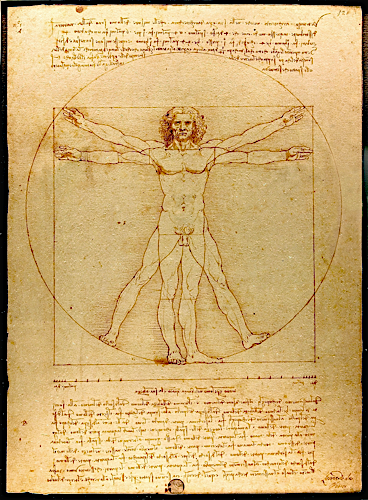Toward A Greater Whole
Humans have bodies. They are physical and active. They move, rub, and hit things. They sustain themselves by eating and maintaining a viable temperature. They avoid hard falls and try to keep their skin intact.
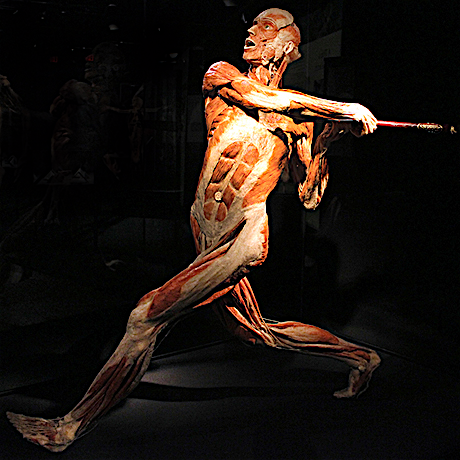
Batter from Gunther von Hagens's Body World
Humans also are social creatures. They signal moods to fellows and remain alert to how others feel. When all is well, everyone feels good and enjoys a rich feeling of belonging. But disruption upsets everyone. Whether a prowling predator or discovery of a thief, whatever disturbs the group is a problem.
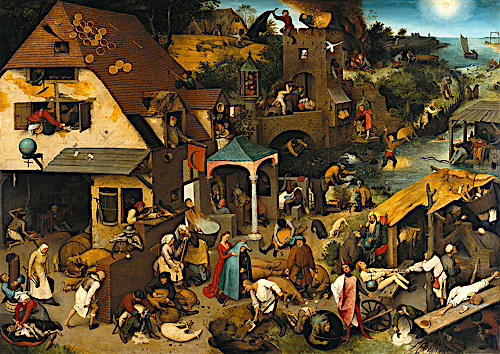
A social group is an organism made up of individual beings that cooperate. Within a coherent group individuals feel safer and can help do what is impossible for one alone.
But a group can sense and perceive events only through the bodies and minds of its various members. Each individual shares their own experiences with others. Howls, screams and physical gyration can express pain or outrage. But more complex thoughts need symbols and signs. Language is the gateway to virtual experiences. Through them individuals learn from each other and work toward the greater whole, of which each is but a part.
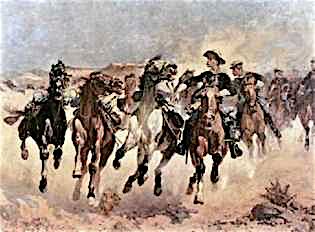
Whether simple or complex, a social order coheres only to the extent that all its parts work together. A social culture is a system of symbols; hence, it can be analyzed in the same way as languages. The function and meaning of a society can subdivided into its constituent parts.
Semiotics is the science of symbolic structures -- whatever is meaningful. The graphic Semiotic Factors of Social Culture depicts tiered phases of social organization. Triplets of actual factors make up the leftmost column. Each triplet "feeds into" some greater, more abstract, factor on the next tier to the right. Each column comprises triplets of factors that feed the next more abstract, i.e., more virtual, tier on its right.
Semiotic Factors of Social Culture
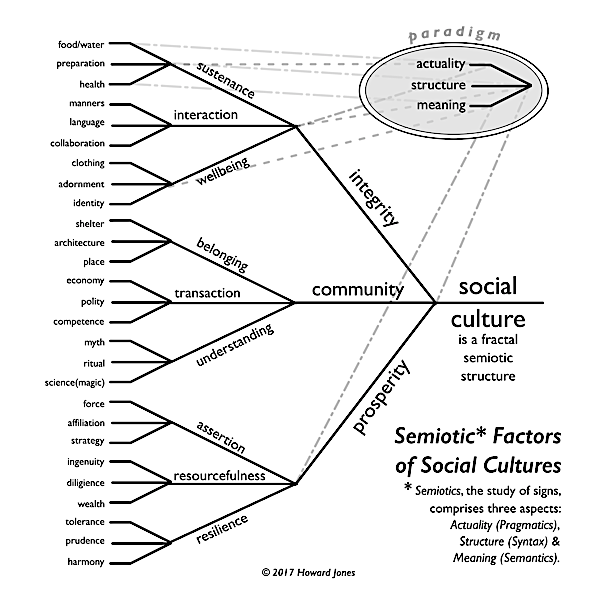
Each column triplet combines three factors, each relating, respectively, to matters of
*actuality,
*structure and
*meaning
For example, the integrity of a social culture depends, in part, upon particulars of food and drink, modes of preparation, and their effect on sustenance. (Integrity also depends upon manners of interaction and factors that govern comfort, status and identity of wellbeing.)

Sustenance, in turn, depends on nutrition of food and water, how it is gathered and prepared, and how it contributes to general health. The matters of gathering and preparing food require sequences of skilled actions that are attended at M1 (See the list below). Matters of health depend upon relationships among nutrient substances that also are attended at M1. As a food gatherer/preparer gains mastery, their habits automatically convey the M1 sets of information into their more complex concerns at the higher, virtual levels of social meaning.
Left to right expresses how a culture gains meaning through joint effort of its members. Going right to left expresses how each individual benefits from being in the group. Disruption at any level interferes with the coherent integrity of the group. It threatens its health. A social structure that breaks apart into petty rivalries already has ended. It is a "dead group walking".
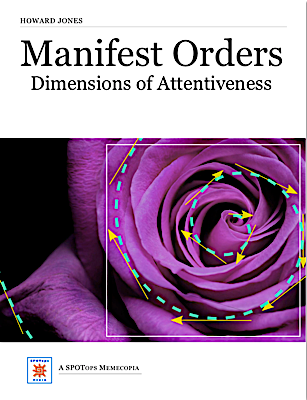
A social culture depends upon its individual members for longevity. Their intentions and attentions are crucial. Manifest Orders gives a scale of attentiveness that is useful in gauging intentions and enterprises.
Briefly, there are eleven orders of attentiveness. They range from the most actual and basic to the most virtual and complex. The degrees, or levels, of complexity represents the different kinds of information attended by each order.
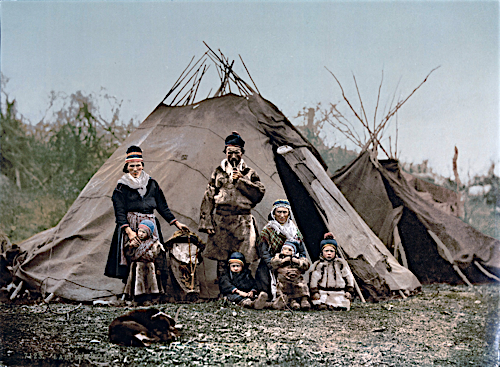
A benefit of symbols and signs is that they permit the mind to use appliances, or apps. We think of digital apps on our smartphones as being very recent innovations. But symbols have served as analog apps for scores of thousands of years. Phases of the moon scratched into a section of elk antler was an early analog app, the first calendar. It helped early humans to keep track of cycles of time and events.
Language itself is an analog app. People use many kinds of memory gimmicks to recall complex or curious sequences of facts. "'I' before 'e', except after 'c', unless it's 'weird'," for example. In fact, the purpose of every symbolic medium, from spoken language, to motion pictures is to supply "condensed and compact experience" apps that contribute to our virtual sense of the world and what it means.
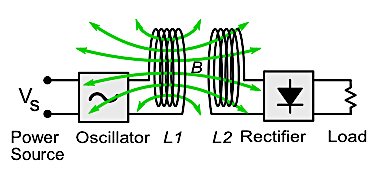
Thinking with such analog apps, symbols, becomes habit. By mastering a habit of thought, getting used to its medium, one no longer has to give as much attention to the information it carries. Habituated combinations of symbols bring their information into the next level of attentive complexity. Thus, over eons, humans gradually have built ever more complicated social cultures.
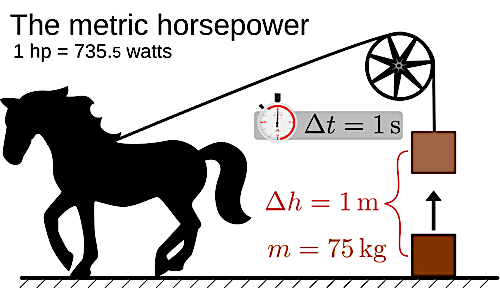
Evolution has been very gradual. There have been many false starts. Complicated is better only if it delivers benefits that outweigh its costs. Complex cultures often fail and fall back into simpler, more brutal ways of living. There, people again have resumed the climb toward a greater whole. Descendants forget recently ruined forebears and try a different route toward a greater whole.
Without symbol systems individuals can function only as animals. The lower orders of information complexity are the physically actual ones, M0..M5.
Actual Orders of Attentiveness
M0: One perceives that something is. At cultural level C0 social animals are; they are creatures of instinct.
M1: The first active order notices "linear" relations between things. What is greater than, or lesser than. Example: this rock is too heavy to throw but that one is just right for discouraging a rival or punishing a predator. Direct actions and relationships are the stuff of M1. Where it dominates a culture, C1 designates the level of complexity of its "common sense". Nomadic cultures typically are C1 social groups. They can become quite elaborate and rich in experience. There is little point in a so-called "advanced" C4 citizen disparaging the "simple" prosperity of C1 culture. Nomads often do very well for their people and lack complex anomalies that so often distress even the C4 critic. Several nations of North American aborigines were very successful over thousands of years. In many ways they accomplished what their conquerors and dispossessors merely dreamed of: a greater organic whole.

M2: Situations comprising kinds of entities that interact on some "ground" or "plane" of activity. Examples: a battle field where types of warriors contend for ground and dominance. Or, a farm where types of plants compete with kinds of weeds and browsing animals. C2 cultures began to appear in the Neolithic era, both battlefields and farms. Aspiring farmers had to handle information about kinds of plants and to allot kinds of work to various types of workers assigned to kinds of fields. Contending warriors had to be alert to strategies and types of weaponry.

M3: Both successful agriculture and enhanced weaponry foster accumulated wealth. Prosperous cultures trade. Tradespeople are acutely attentive to types of substance and relative values of stuff. Language builds systems of understanding various kinds of things and their relative values. Legions of scribes and other functionaries build and maintain "taxonomies". They keep accounts of stuff and accumulated stores for kings and traders alike. C3 cultures evolved into trading city-states and empires of the Hellenistic era.
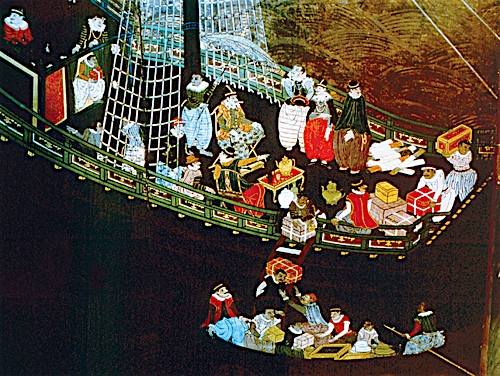
M4: To fully understand material stuff, one must study and master material causality. Why gold is incorruptible. Why lead is heavy and poisonous. Material science fosters exploits and endeavors to reap benefits of foreign lands and alien cultures. Colonial empires build bureaucracies on a scale that demands and perfects mechanical exactitude. Control at a distance and projection of power drive imperial aspirations into cold ruthlessness. M4 culture is mechanically bureaucratic, the antithesis of organic wholeness. Poets long have bewailed its "demonic contrivances" that weigh upon the spirit of humanity. But it builds ever smarter machines to exploit ever more remote resources. Eventually those machines become capable of cybernetic universality: the Turing-complete machine marks the end of C4, which prospered in the 16th through 20th centuries.
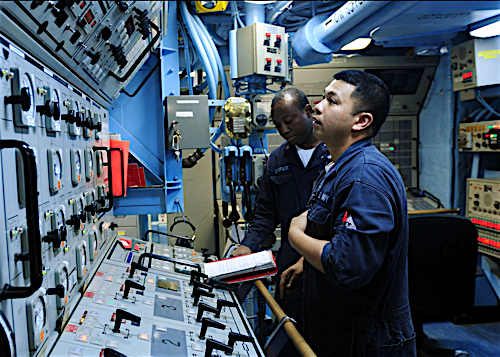
M5: The 21st century engages now a new prospect of cybernetic organicism. The work of Alfred North Whitehead and Charles Hartshorne, among others, elaborates an organic understanding of reality that presents the entire cosmos as a greater whole, a society of experience in which we all participate. We stand at the dawn of a new and greater whole, a C5 prospect of fulfillment for all. But we must let go of our C4 machinery and bureaucratic imperial controls to get there. Where C5 fails, we likely fall back into some earlier paradigm for which we no longer are suited. There we would be condemned to figure it out all over again. Maybe more successfully, next time? Such is the way of blind evolution.
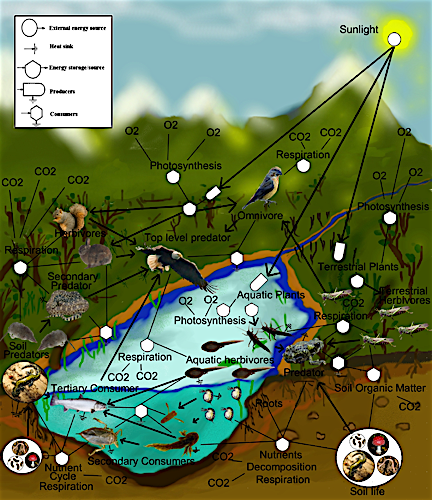
For an overview of the Virtual Orders of Attentiveness, M6..M10, look at the tables at the bottom of the overview page of at Manifest Orders.
